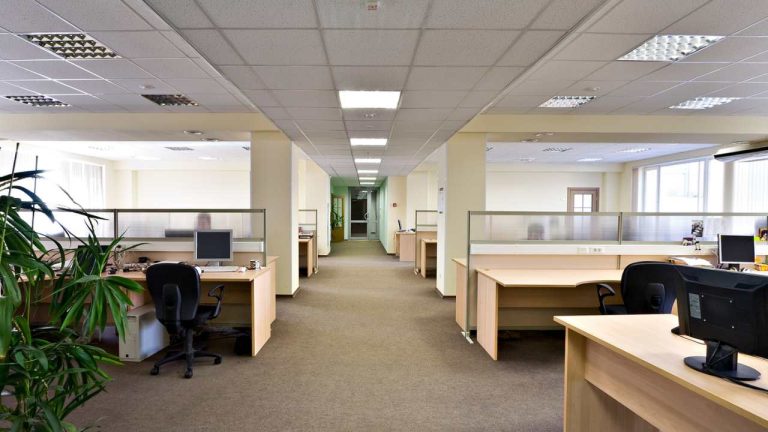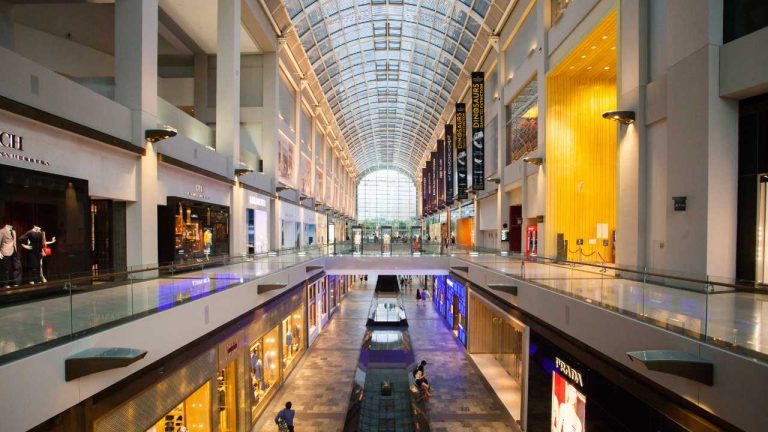Capable and Comprehensive Landlord Reporting in Retail Shopping Centers
Most retail shopping centres today are complex, active, and challenging. There are many things to work through and control in an ongoing way. A successful shopping centre will usually be a fine balance between tenant occupancy, income generation, customer service, and marketing. A shopping centre manager is the person to create that balance. The landlord is at the centre of all of that equation, so your reporting to that landlord has to be retail relevant and of quality. So where do you fit in?
What’s the retail balance?
There are many different things in a retail property that interact, and most of that will definitely have an impact on the overall retail outcome. Understand the retail balance and the factors that interact for the property and the location. Understand what clients are thinking, and how the performance of the property supports the local customer base and tenancy mix.
Can the retail property be improved? Consider that question relative to the particular property and its future. A successful retail shopping centre manager or leasing expert will have a big role to play in the performance of any good quality property.
So what can you do here to improve any retail property?
If you are a shopping center manager or leasing expert, you will be reporting to your clients regularly and specifically. The information that you monitor and report to regularly will help the client as the landlord of the asset to understand where the property is headed financially and physically. Plans can be set involving tenant mix, rentals, and lease negotiations.
A good quality report will help the client make specific decisions and chart and improvement process for the property, the tenancy mix, and the investment. The levels of income in any shopping center are usually quite high based on a unit of area and occupancy. The high returns need to be managed and optimized through deliberate planning and performance monitoring.
So the quality of the reports that you provide to your clients will be critical to the flow of information across a number of important performance indicators and benchmarks. Here are some ideas to merge into your reporting structure in any shopping center that you may now manage or takeover in the future.
Quality reporting and coverage
Here are some specific ideas to help you control and improve the quality of your reporting to landlord clients in shopping center management today:
- In the first instance, the income of the property needs to be understood, and that is to prevent any difficulties with rental, outgoings recovery, and market rental. Understand the critical dates that apply to every lease with every tenant in occupancy. Each lease will be different, so you will need to delve into the terms and conditions of occupancy, and look for the critical dates that will have an impact on cash flow. Enter those critical dates into some computer based diary system where you can stay ahead of the issues and challenges relating to the tenancy.
- Following an income assessment, take the time to review expenditure for the property to see how cash flow is impacted over the duration of the year. There should be a budget existing or prepared for the property, and that budget should comprehensively cover the activities of income and expenditure. When you look at the expenditure, compare the results that you are seeing against the industry averages. When you have a budget to work with, you can compare the averages to other properties of similar type for the location in your town or city.
- Understand the trends of market rental as they apply to the property and the location. Market rents are achieved through direct negotiation with willing and eager parties as part of the leasing process. Compare your market rentals to other shopping centers locally of similar size and type. Any weaknesses in the rental structure should be deliberately addressed through property upgrade, tenancy movement, and lease renegotiation.
- Understand the rentals by tenant and by location. In any larger property there will be differences in rentals on a tenant by tenant basis. There will always be a point where the rental for a tenancy will be too high, and perhaps beyond the bounds of realism when it comes to business viability. Aggressive and high rentals drive tenancy instability and higher vacancy rates.
- Understand the businesses within the property and how they operate from a retail perspective. You will need to know the trading averages that apply to retail business types when looking at retail sales figures, occupancy costs and property occupation. It is better to work with your successful tenants to retain them for the longer term, rather than replace them with some expensive unknown tenant that is new to the area or the property. Any new tenant leasing process involves a number of inconvenience factors including leasing commissions, tenancy incentives, fresh costs to the landlord, and tenant mix disruption. Avoid vacancies through deliberate planning and tenancy movement.
- Review the tenancy mix as to retail offering, tenant intentions, tenant volatility, and retail trade. Wherever possible, look for the retail trade figures that impact or allow you to assess the tenant in occupancy. Every tenant should be compared to the averages across the property for the retail merchandising type. Under-performing tenants should be assessed for improvement in trade and customer relevancy.
- Undertake a tenancy assessment within the property. That is where all tenants should be divided into long-term and short-term occupancies. Any highly performing tenant should be encouraged to stay in the property; the best way to do that will be through a number of leasing initiatives and rental enhancements. The weaker tenants in the property should be encouraged to vacate at the right time, and in a controlled way that doesn’t jeopardize the property performance or the other tenants in proximity. That then suggests that you will need to have a tenant retention and tenancy replacement plan underway. That planning process should be merged into your lease management and vacancy control process. All of those things will be in your retail business plan for the property, reviewed on an annual basis.
As you can see from the list provided, a retail shopping center and its performance is highly geared to occupancy, rental income, and customer service. A successful center manager or leasing expert will always balance those factors through elaborate planning and tenant retention.







